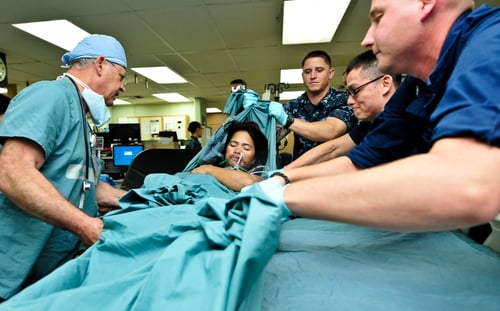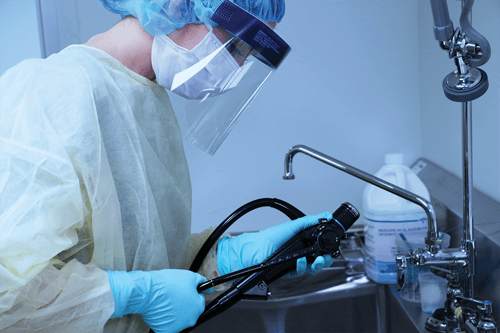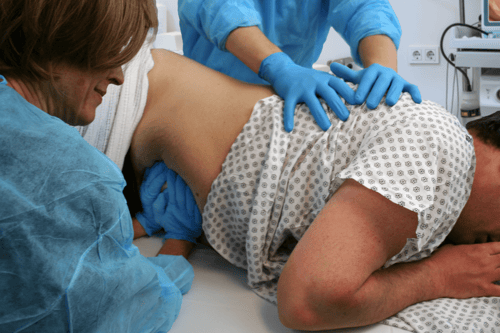Healthcare Ergonomic Solutions Under $200
by Larissa Biggers, on September 27, 2019
In the recent past, hospitals and healthcare organization balked at the cost of safe patient handling and mobility (SPHM) equipment, for instance, patient lifts. Over the last few years, however, awareness of work-related injury (and its costs) among healthcare staff has grown. In addition, recent studies indicate that SPHM investments pay for themselves quickly. That said, there are quite a few SPHM tools and technologies with a low price point; some are even free!
- Problem: Staff tasked with charting patient information often suffer lower back and upper extremity discomfort because all workstations are the same height.
- Solution: Install adjustable work stands to accommodate workers of different heights.
- Cost: Less than $100 per employee

- Problem: Patient aides who manually transfer patients experience a variety of musculoskeletal (MSK) strains and injuries.
- Solution: In addition to any existing technology, staff can use a friction-reducing slide sheet to help with patient transfer and repositioning.
- Cost: Less than $10 per patient
- Problem: After lengthy fluoroscopic procedures, nurses and technicians who wear lead aprons have more job-related pain and seek medical treatment for pain more often than those who do not.
- Solution: When purchasing new personal protective equipment (PPE), allow staff to choose the size and style most comfortable for them. For instance, they can opt for lighter-weight aprons that still provide ample protection.
- Cost: Potentially free, depending on price difference between old and new PPE.
- Problem: Physicians, nurses, and other healthcare workers often maintain static postures over the course of the day as they treat patients. Also, many tasks involve repetitive, precise movements. Common injuries sustained include carpal tunnel syndrome and tennis elbow, among others.
- Solution: Implement a workplace stretching program.
- Cost: Minimal, depends on scope of program and training requirement

- Problem: Endoscopy technicians responsible for scope reprocessing stand over sinks and tables for long periods of time. Regardless of shoe or floor covering quality, standing for longer than 90 minutes can cause significant discomfort in the feet, legs, and back as well as stiffness in the neck and shoulders.
- Solution #1: Outfit reprocessing work areas with anti-fatigue mats.
- Cost: Variable, but quality mats are available for less than $100.
- Solution #2: Rotate staff throughout the day or week to distribute workload.
- Cost: Free
- Problem: Endoscopy staff assisting with colonoscopy must constantly look over their shoulders to view the procedure monitor. Staff suffer from stiff necks and are at risk for herniated cervical discs.
- Solution: Hang a second monitor behind the endoscopist to eliminate the need for staff to repeatedly turn their heads.
- Cost: Around $150

- Problem: Nurses and technician who assist with colonoscopies are often asked to apply manual pressure to a patient’s abdomen and / or reposition the patient as a routine part of the procedure. As a result of these maneuvers, one out of every two endoscopy staff will suffer a work-related injury.
- Solution: Use an abdominal splinting device for obese patients and those with a history of difficult procedures to reduce patient handling requirements by 90%. This is especially beneficial with obese patients and those with a history of difficult colonoscopy.
- Cost: Less than $200 per patient
Before implementing any SPHM solution (even if it is free), hospitals should identify ergonomic risks and problems, then select the specific tools that best meet their needs. When integrated into a well-planned program, the purchase of new SPHM tools can lead to a rapid return on investment.


